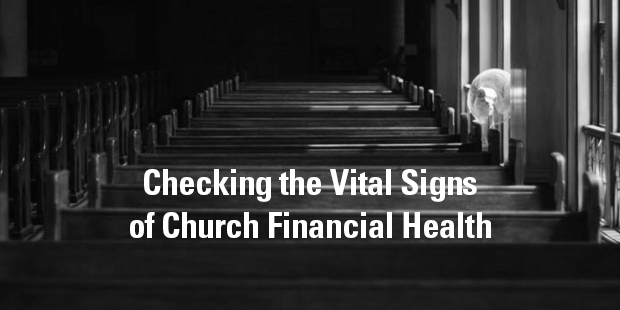
When and How to Teach About Money
How often does your church teach about money? For some churches, the answer is rarely or never. The topic is avoided. Some churches contain the topic of money to a single sermon series, only to return to the topic 365 days later.
If messages hitting on money are rare or totally absent at your church, let me give you a few reasons to consider placing them in your upcoming teaching calendar.
- Because Jesus taught about it. In fact, he taught about money more than any other topic while he was on earth. So if you teach on money, you are in pretty good company.
- Because the Bible has over 2,000 verses about money, possessions, and stewardship. God wove numerous verses throughout Scripture on how we are to manage the resources he gives us. Clearly, our relationship with money is important to God. So it should be important to you. With over 2,000 verses, there are a plethora of opportunities to discuss God’s design for us and money.
- Because personal money management reveals the heart. This is why God cares about our relationship with money. Money has a way of bringing to light that which is hidden in our hearts. The way we manage money is a symptom of either a spiritually healthy or spiritually sick heart. Personal money management reflects personal heart management.
- Because getting money wrong can have detrimental spiritual consequences. Money, on its own, is not evil. But 1 Timothy 6:10 says, “For the love of money is a root of all kinds of evil, and by craving it, some have wandered away from the faith and pierced themselves with many griefs” (CSB). The ramifications are ominous for those who put money in the wrong place. Their spiritual life will suffer.
- Because church members are struggling in the area of money. Forty percent of Americans have less than $400 saved. Thirty-three percent of Americans have $0 saved for retirement and 23% have saved between $1 and $10,000. We spend too much and save too little. And those in the church are often a reflection of these statistics.
- Because church members make money decisions almost every single day. Money is an everyday part of our lives. We can’t run from it. We can’t hide from it. And the world has no problem providing their thoughts on this area of life. So we need to know how to think about our relationship with money from a biblical perspective.

Tags: Art Rainer, Genersosity, Teaching about Money, Your church and money















